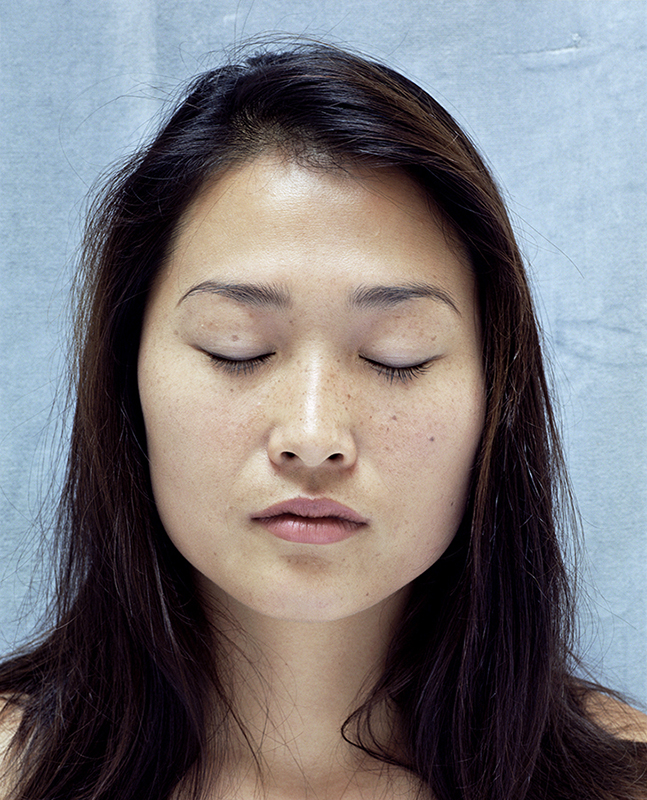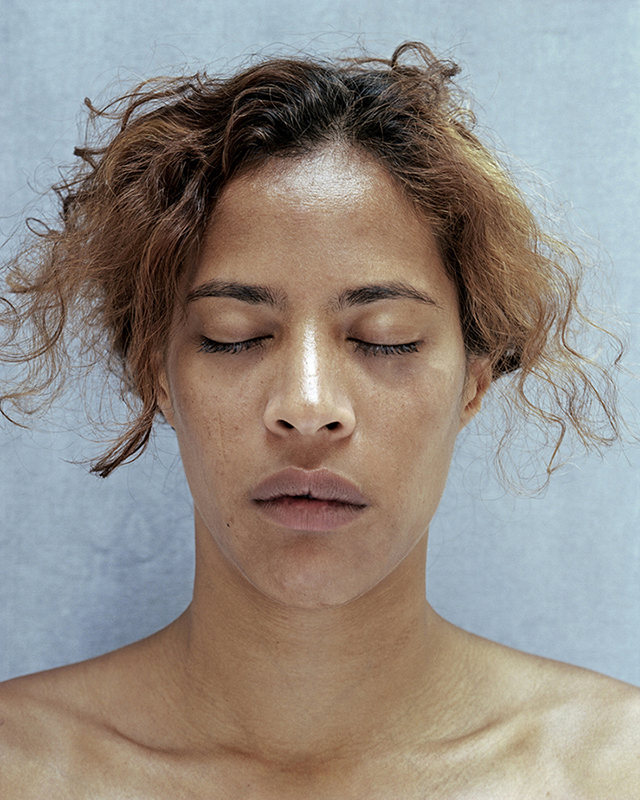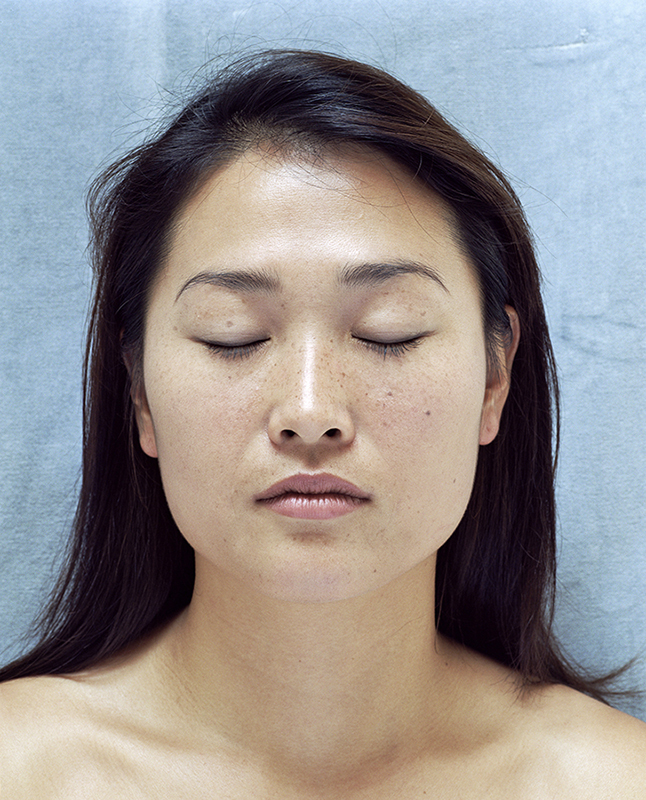Krystyna Ziach
kunstinzicht.nlRubrieken
Over het werkFluid Time / Krystyna Ziach 2021-2023Krystyna Ziach’s Spaces of Sculptural Imagination, text by Christian Gattinoni, chief editor of lacritique.org 2015Space of Imagination / Krystyna Ziach, book, text by Hans Rooseboom, curator of photography at the Rijksmuseum Amsterdam, 2014Krystyna Ziach, Marged Disciplines, text by Hans Rooseboom, curator of photography at the Rijksmuseum Amsterdam, 2014Dark Street Revisited, 2013Work of Krystyna Ziach in collection of the Rijksmuseum Amsterdam, 2012Ephemeral Library 2010-2018Into the Void 2010-2017Inner Eye / Krystyna Ziach, by Joanne Dijkman, 2008Infinity & Archê/ Krystyna Ziach, book texts by Flor Bex, director of the Museum of Contemporary Art, Muhka Antwerp, 2006The Elements of Existence / Krystyna Ziach - ARCHÊ, by Cees Strauss, 1996Archê - The Ambivalence of Water and Fire / Krystyna Ziach, by Mirelle Thijsen, 1996Krystyna Ziach - Where Emotion Meets Reason, by Cees Straus, 1994A Chamber of Mirrors, text by Reinhold Misselbeck, curator of photography & new media of the Ludwig Museum, Cologne, 1994A Garden of Illusion / Krystyna Ziach, 1993, text by Iris DikOuter Space / Krystyna Ziach, text by Alexandra Noble, curator of the South Bank Centre in London,1991Melancholy / Krystyna Ziach - Drama Between Ratio and Emotion, text by Mirelle Thijsen, 1990Japan / Krystyna Ziach, by Huib Dalitz, a former director of the Foundation of Visual Arts Amsterdam, 1988Krystyna Ziach / Metamorphosis, text by Gabriel Bauret, Camera International, 1986, Paris
Joanne Dijkman is an art historian based in Utrecht, NL
Exhibition Inner Eye / Krystyna Ziach, Galerie Gist, Amsterdam, 2008
The photo series Inner Eye by Krystyna Ziach overawes one with the large dimensions of the photo works. Ziach shows seven portraits in which she examines the boundaries between reality and dream, the conscious and the unconscious, the visible and the invisible. Ziach’s photographs are not about the individual, but about a universal, inner portrayal of mankind. The closed eyes obfuscate the characters and grant the works a serene atmosphere. The person portrayed is looking inward and moves to the verge of the unconscious.The six women in the portraits – there are only women – have been placed in the centre of the image against a pale blue background, which contributes to the serenity of the whole. The pale blue colour becomes symbolic, yet remains poly-interpretable. The series constitutes a group due to the recurrent stately composition in which the models frontally face the camera. The absence of all attire or adornment gives the women an anonymous and universal appearance, which is even enhanced by the closed eyes hiding the mirrors of the soul. The facial expression could nevertheless betray what is going on inside, were it not that the women have taken off their masks and seem to be completely introverted, as if in a meditative state of being. The portrait of a Japanese woman is remarkable, she is represented twice in the series. Although it is the same model, the subtle changes in the face make it almost seem as if there are two different women. A double portrait of twins deviates from the series by its larger size. The two budding girls are portrayed together. They are individuals, yet the inner tranquillity which they emanate with their closed eyes is very similar. Ziach uses analogue photography and does not manipulate the works with photoshop afterwards, because this would not benefit the image she has in mind. She does not want to show wax dolls, but real human beings whose inner beauty is perceptible. The medium of photography reduces capturing the inward gaze to an instant exposure, which is also why it is so important not to retouch as the image would then be lost. The photos have been taken exclusively by daylight, because this light is closest to reality; this is why the shades of the blue background differ per portrait. The series Inner Eye – which is a still ongoing project – fits in with Ziach’s large body of work in which tranquillity and contemplation are key concepts.
Translation: J.M. Keulers

Lambda c-print, 135 x 110 cm
Inner Eye 2004-2010
Collections: Rijksmuseum Amsterdam
Museum Kunst Palast Düsseldorf

Lambda-print, 135-110 cm
Inner Eye 2004-2010

lambda-print, 135 x 110 cm
Inner Eye 2004-2010
Collections: Rijksmuseum Amsterdam
ABN Amro Bank, NL